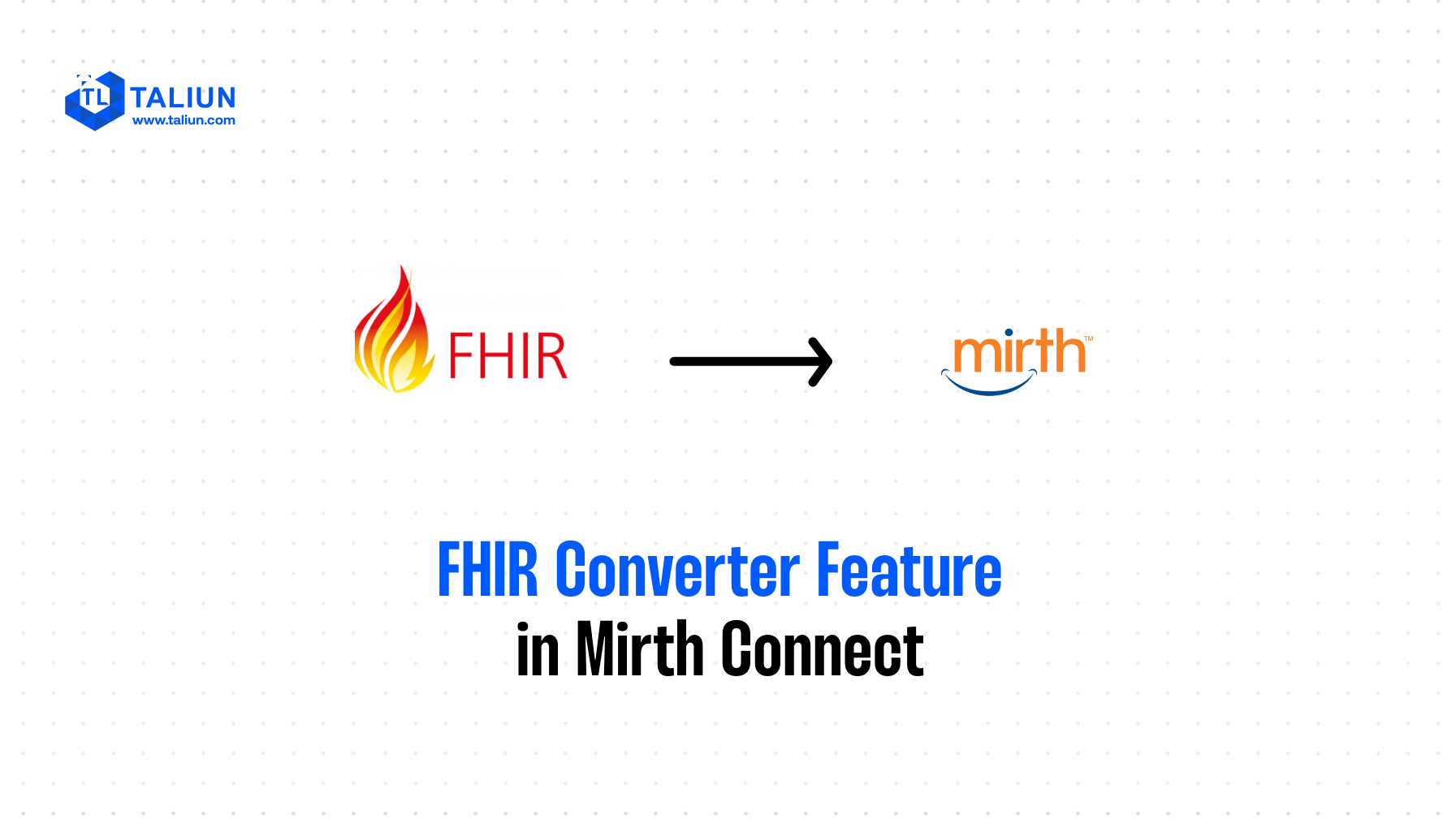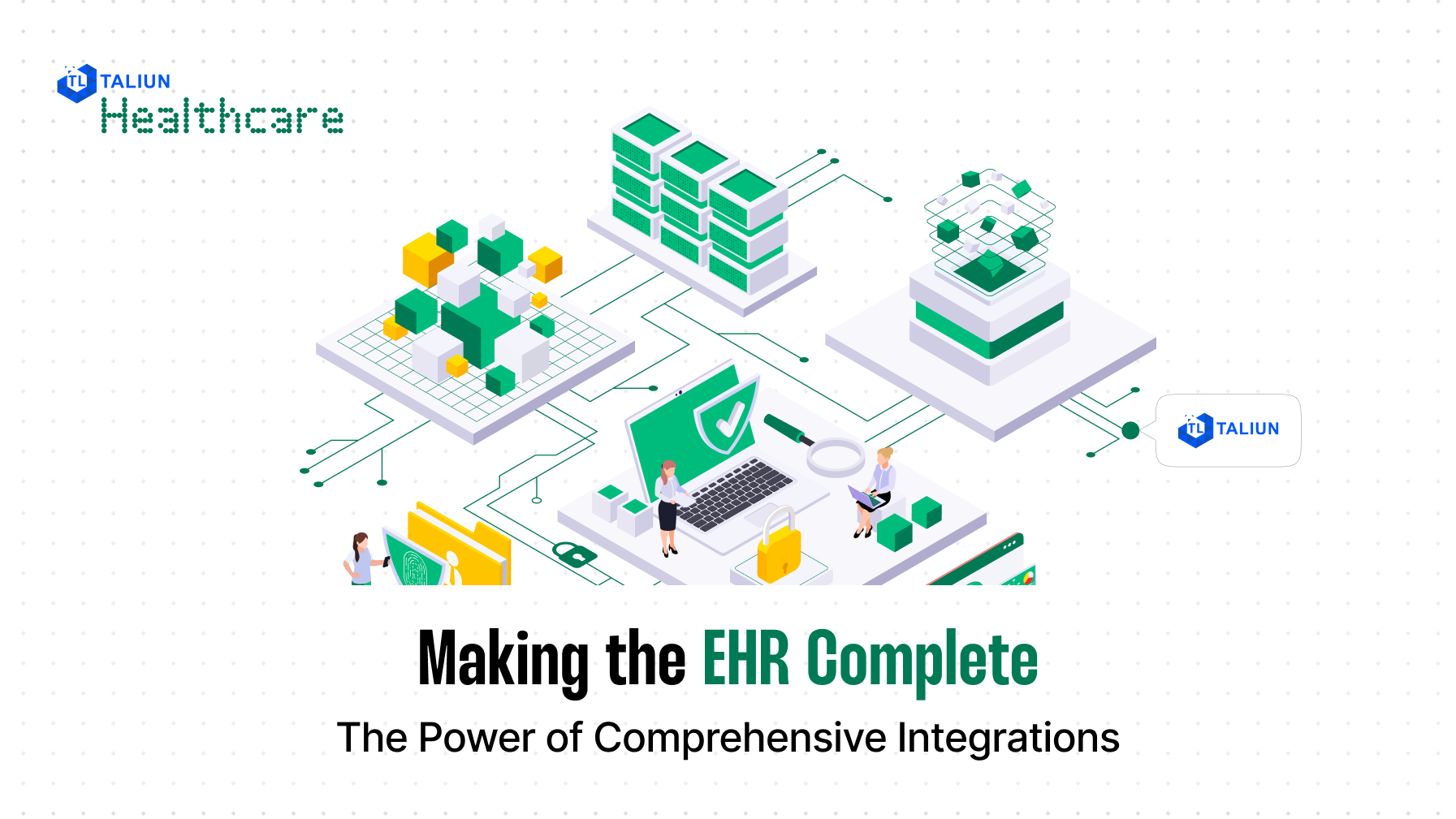Enhancing Patient Engagement: How Primary Care Practices Can Leverage the Digital Front Door

In the rapidly evolving landscape of healthcare, patient engagement stands as a cornerstone for delivering high-quality care. As primary care practices embrace digital transformation, the concept of a "digital front door" has emerged as a pivotal means to enhance patient experience and foster active involvement in their healthcare journey.
What exactly is the digital front door? Think of it as the gateway to a healthcare provider's digital ecosystem—a unified platform encompassing various digital tools and channels that patients can access to interact with their healthcare providers, schedule appointments, access medical records, receive telehealth services, and more.
In today's tech-savvy world, patients seek convenience, accessibility, and personalized care. Implementing an effective digital front door strategy can significantly contribute to meeting these expectations, improving patient engagement, and ultimately, healthcare outcomes.
Key Elements of a Robust Digital Front Door Strategy
1.Seamless Online Appointment Scheduling: Integrating user-friendly interfaces and mobile-friendly platforms that allow patients to effortlessly schedule appointments at their convenience. Keywords: online appointment scheduling, user-friendly interfaces, mobile accessibility.
2. Access to Personal Health Information: Empowering patients with secure access to their health records, lab results, medication lists, and treatment plans through a patient portal. Keywords: patient portal, health records access, secure information sharing.
3. Telehealth Services and Virtual Consultations: Offering telemedicine services for remote consultations, follow-ups, and healthcare inquiries, providing flexibility and reducing barriers to care. Keywords: telehealth, virtual consultations, remote healthcare.
4. Educational Resources and Health Information: Curating and sharing relevant health information, resources, and educational content to empower patients and support informed decision-making. Keywords: patient education, health resources, informed decision-making.
5. Proactive Communication and Engagement: Utilizing email, SMS, or mobile apps for appointment reminders, health tips, and proactive follow-ups to keep patients engaged and connected. Keywords: proactive communication, patient engagement, appointment reminders.
Benefits of a Well-Executed Digital Front Door Strategy
Enhanced Patient Experience: A user-friendly digital interface provides convenience and accessibility, leading to higher patient satisfaction.
Improved Patient-Provider Communication: Seamless communication channels facilitate quick inquiries, clarifications, and a stronger patient-provider relationship.
Increased Patient Engagement: Empowering patients with information and tools encourages proactive involvement in managing their health.
Efficient Practice Operations: Streamlining administrative tasks like appointment scheduling and record management allows staff to focus on patient care.
Importance of Communication in the Digital Front Door Strategy
Real-Time Interaction: Implementing live chat features or secure messaging systems within the digital platform enables real-time interaction between patients and healthcare providers. This facilitates quick responses to inquiries, medication-related questions, or general health concerns.
Personalized Communication: Tailoring communication methods based on patient preferences fosters a more personalized experience. Whether through email, text messages, or app notifications, personalized communication ensures patients receive information in the manner they find most convenient.
Patient Education Through Communication: Communication channels serve as conduits for disseminating educational content. Sending newsletters, informational videos, or articles can empower patients by educating them about their conditions, treatment options, or preventive measures.
Feedback Mechanisms: Creating avenues for patients to provide feedback or surveys via the digital platform encourages active participation and demonstrates a commitment to continuous improvement. Analyzing this feedback allows practices to refine their services based on patient needs and preferences.
Challenges and Considerations
While the digital front door presents numerous benefits, its implementation might face challenges such as ensuring data security, addressing technological disparities among patients, and ensuring compliance with healthcare regulations like HIPAA.
Moreover, it's crucial to consider the diverse needs of patients, ensuring that the digital tools implemented are user-friendly, accessible, and inclusive for individuals with varying levels of technological proficiency.
Conclusion
Primary care practices stand at the forefront of healthcare delivery, and embracing a robust digital front door strategy can revolutionize patient engagement. By leveraging technology to facilitate seamless communication, access to information, and convenient healthcare services, these practices can forge stronger connections with patients and elevate the overall quality of care provided.
Remember, the journey towards an effective digital front door is an ongoing process. Continuously evaluating patient feedback, staying updated with technological advancements, and maintaining a patient-centric approach are fundamental in creating a truly impactful digital healthcare ecosystem.
In summary, integrating a well-designed digital front door can be the catalyst for transforming patient experiences, promoting active engagement, and ultimately, fostering better health outcomes for all.
Subscribe to our Blogs
Contact Us
Thanks for subscribing! You'll now receive our latest blog posts straight to your inbox.
Please try again later.
Locations
US:
39899 Balentine Drive,Suite 200
Newark, CA 94560
Phone: +1-(408) 883 - 7902
India:
Ven Business Center I, First Floor, Baner - Pashan Link Rd, Pashan, Pune, Maharashtra 411021
Phone: +91 83293 46166
Copyright 2024 Taliun | Privacy Policy




